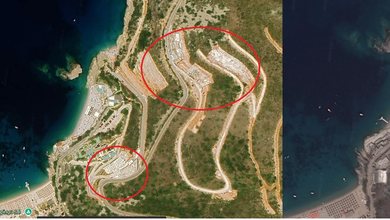
The Albanian health sector still cannot identify the causes of about 98% of cases of diarrheal disorders, however, official data from the Institute of Public Health shows that from January to May 2025 there was an increase in cases of salmonella and food poisoning.
Data shows that food poisoning, referred to as foodborne toxico-infections, remains a serious source of concern. In total, 466 such cases were recorded in January-May 2025, with the highest number in January, 112 cases, and a significant increase again in May, 115 cases.
This type of infection is the most common cause of diarrheal diseases after gastroenteritis and is often associated with poor hygiene standards during food processing or storage, especially in shared cooking and service areas.
At the same time, cases of salmonella, another common source of foodborne infections, have seen a significant increase. From just 3 cases in January, they reached 31 cases in May, bringing the total for the period to 59 cases in the first five months of 2025.
This gradual increase over the months signals a deterioration in control over food products, especially in the spring season when the consumption of fresh foods increases and outdoor activities become more frequent.
During the period January–May 2025, a total of 28,268 cases of diarrheal diseases were reported in Albania, according to data collected by the IHP.
The vast majority of these cases are gastroenteritis of unknown etiology, which represent over 98% of total cases, with 27,716 cases registered in the first five months of the year.
This figure of unknown origin, accounting for over 98% of all diarrheal diseases reported during the period January–May 2025, indicates that the exact cause of the disease, whether bacterial, viral, parasitic or toxic, has not been identified. This leaves room for much uncertainty in both diagnosis and treatment and prevention.
The fact that 98% of cases fall into this category indicates that the epidemiological surveillance system is deficient in laboratory testing, or cases are identified and classified solely on the basis of general clinical symptoms (such as diarrhea and vomiting), without further investigation.
The lack of determining the cause makes preventive interventions more difficult as it is not known whether measures should be taken for water, food, personal hygiene or any other specific source./ MONITOR






















